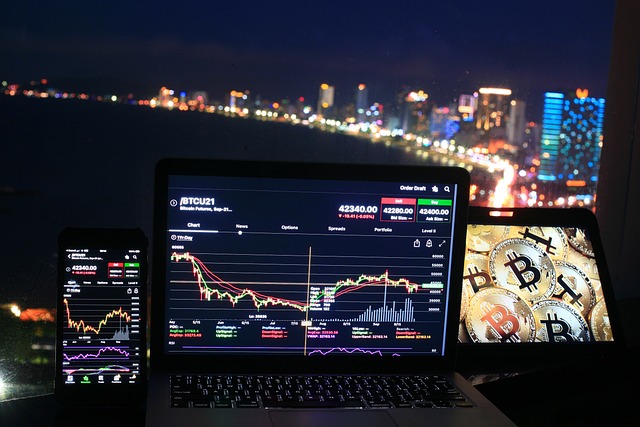The Role of NFTs in Digital Art and Culture
NFTs (Non-Fungible Tokens) have revolutionized the way we think about digital art and culture. With their emergence, artists and creatives have found new ways to showcase their work, connect with audiences, and even monetize their creations. In this article, we’ll delve into the world of NFTs, exploring their role in digital art and culture, as well as the challenges and opportunities they present.
NFTs are unique digital assets that can be bought, sold, and traded like traditional art pieces. They’re stored on a blockchain, which ensures their scarcity and provenance. This has opened up new avenues for artists to share their work, collaborate with others, and engage with fans in ways that were previously impossible.
One of the key benefits of NFTs is their ability to democratize art. With traditional art markets often dominated by galleries and collectors, NFTs provide a platform for emerging artists to showcase their work. This has led to a proliferation of new talent and innovative styles, as well as increased accessibility for fans who might not have been able to afford traditional art.
Another advantage of NFTs is their ability to track ownership and provenance. In the digital age, it’s easy for artwork to be lost or stolen, but with an NFT, you can verify its authenticity and ownership at any time. This has made NFTs a valuable tool for art collectors, historians, and researchers.
However, NFTs also raise important questions about ownership, scarcity, and the role of the artist. For example, if an artist creates a piece using AI, do they still own it? If someone buys an NFT, are they buying the artwork itself or just the rights to display it?
NFTs have also sparked debate about the value of digital art. While some argue that digital art is inherently less valuable than traditional art, others see NFTs as a way to recognize and monetize the value of digital creations.
How NFTs Are Changing Digital Art
NFTs are changing the way we think about digital art in several ways:
- Democratization**: NFTs provide a platform for emerging artists to showcase their work and connect with fans.
- Scarcity**: NFTs ensure that unique digital assets can be bought, sold, and traded like traditional art pieces.
- Ownership**: NFTs allow for the tracking of ownership and provenance, making them a valuable tool for art collectors and historians.
- Value**: NFTs recognize and monetize the value of digital creations, sparking debate about the value of digital art.
Regulation and Legislation in the Crypto Space
The rise of NFTs has raised important questions about regulation and legislation in the crypto space. As NFTs become increasingly popular, governments and regulatory bodies are starting to take notice. In fact, there is a growing need for clear guidelines and regulations around the use of NFTs, particularly when it comes to issues like copyright, ownership, and tax implications.
For example, in 2021, the U.S. government introduced new rules requiring NFT marketplaces to report transactions to the IRS. Similarly, in the UK, the government has announced plans to introduce new regulations around NFTs, including laws governing their use and sale. As the crypto space continues to evolve, it’s essential that we have clear guidelines and regulations in place to protect both creators and consumers.
At Metavaulto, we’re committed to staying at the forefront of regulatory developments in the crypto space. Our team of experts is dedicated to helping you navigate the complex landscape of NFTs and ensure compliance with all relevant laws and regulations.
Learn more about regulation and legislation in the crypto space.
Conclusion
NFTs have revolutionized the way we think about digital art and culture. With their democratizing potential, scarcity, ownership, and value, NFTs offer a new platform for artists to showcase their work, connect with fans, and monetize their creations.
As we move forward, it’s essential that we address the challenges and opportunities presented by NFTs, particularly when it comes to regulation and legislation. By working together, we can ensure that NFTs continue to be a valuable tool for creatives and collectors alike.
Tags
- Digital Art
- NFTs
- Crypto Space
- Regulation
- Art Collectors
Outbound Links
For more information on NFT marketplaces, check out:
And for insights into the latest trends in digital art, visit:
